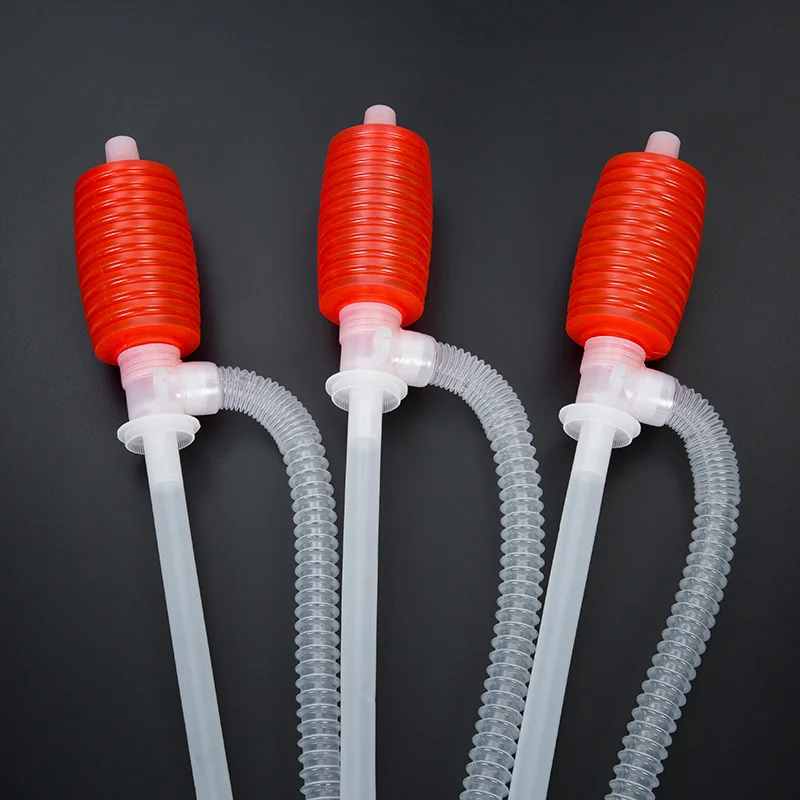
Related data-driven, machine-learning techniques are also discussed. The review includes acoustic methods (below 20 kHz) based on vibration sensing using accelerometers, hydrophones and fibre optic sensors, and ultrasonic methods (above 20 kHz) based on the propagation of bulk and guided waves. This paper focuses on the application of acoustic and ultrasonic techniques for the detection and assessment of leaks, blockages and defect in buried pipes. Therefore, this research has value for engineering applications.Ĭondition monitoring for water and sewerage pipes is essential for the safety of the environment, energy conservation and human health. The results demonstrate that the proposed acoustic-based approach can effectively classify the blockage and damage conditions of siphons, and the recognition accuracy of the proposed method is higher than 94.4%. The acoustic energy flux density eigenvectors were input to three different classifiers to classify the siphon conditions. The variational mode decomposition (VMD) and the acoustic energy flow density were used for signal processing and feature extraction.

Acoustic signals were recorded and transformed into acoustic pressure responses for further analysis.
SOUND SIPHON 2 SERIES
Seven typical conditions of a water-filled underground siphon were investigated, and a series of experiments were conducted.

The acoustic wave forms in the siphons reflect on the system characteristics. The proposed method has the advantages of simpler operation, lower cost, and higher detection efficiency. In this paper, a novel condition classification method for water-filled underground siphons is proposed, which uses the acoustic signals received from acoustic sensors installed in the siphon. However, it is difficult to implement non-destructive testing due to structural complexity and limited accessibility. Siphons have been widely used in water supply systems and sewage networks.


 0 kommentar(er)
0 kommentar(er)
